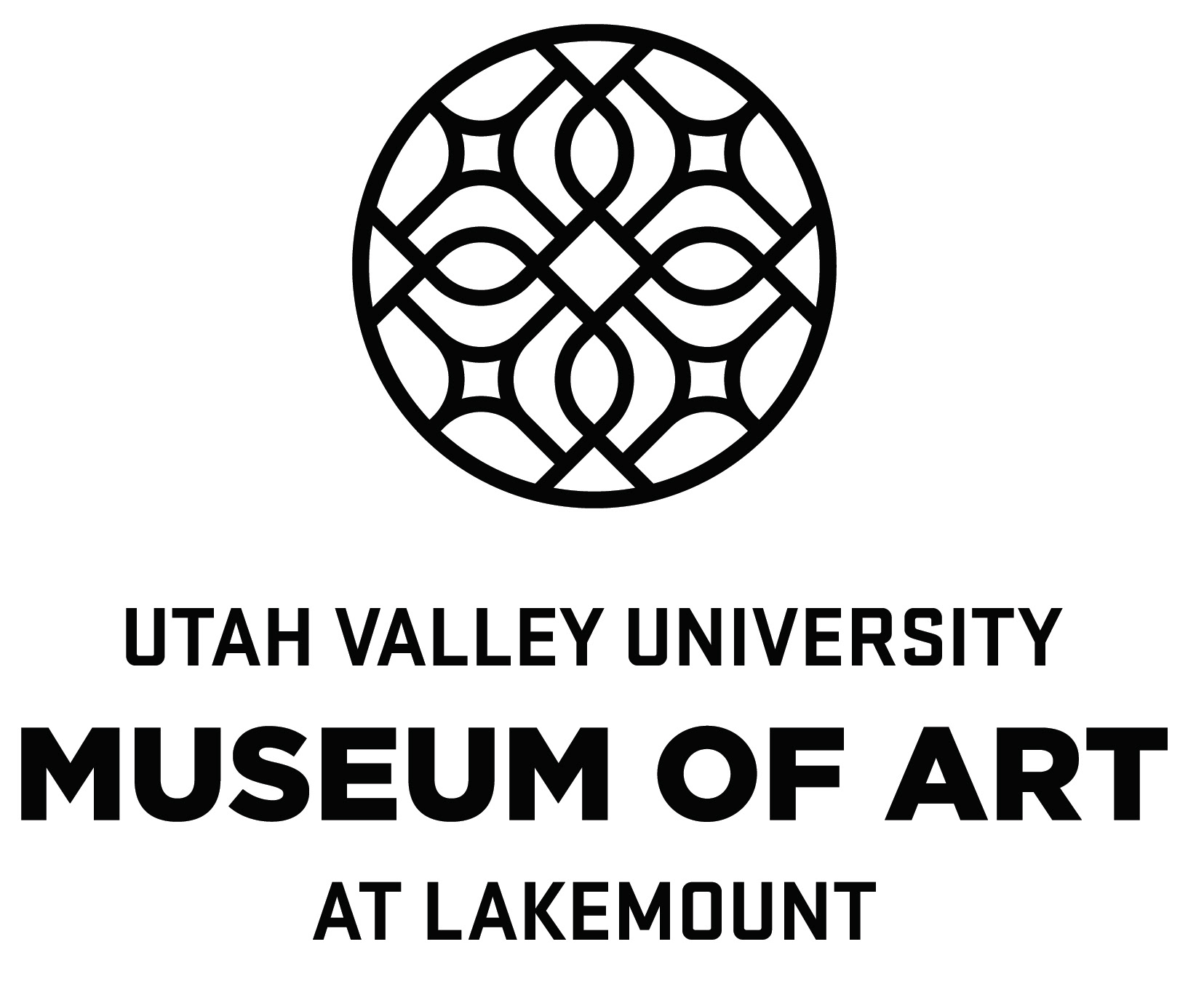The Art of Science
Humans have an inherent need to understand and describe the world around them. Science and art are those attempts to share that understanding with others, to communicate the vision of what we see. When successful, the audience is able to see the world differently, and learn from those experiences.
Science is not the opposite of art. In fact, they both work together to create the world we live in. You cannot have one without the other, and you cannot communicate as strongly with only one. I believe the importance of art in science is greatly underestimated, and my goal as an artist is to help fuse the two.
My project involves photography of botanical specimens, many of which are from the Utah Valley University Herbarium and Greenhouse. Using macro lenses, and focus stacking software, I was able to combine images to create a full depth of field on small subjects.
Art would not be successful without creativity, and there would be no scientific progress without thinking outside of the box. Both scientists and artists strive to share the knowledge and beauty they have found in life, and when we are able to combine our efforts, we are able to reach and inspire generations to come.
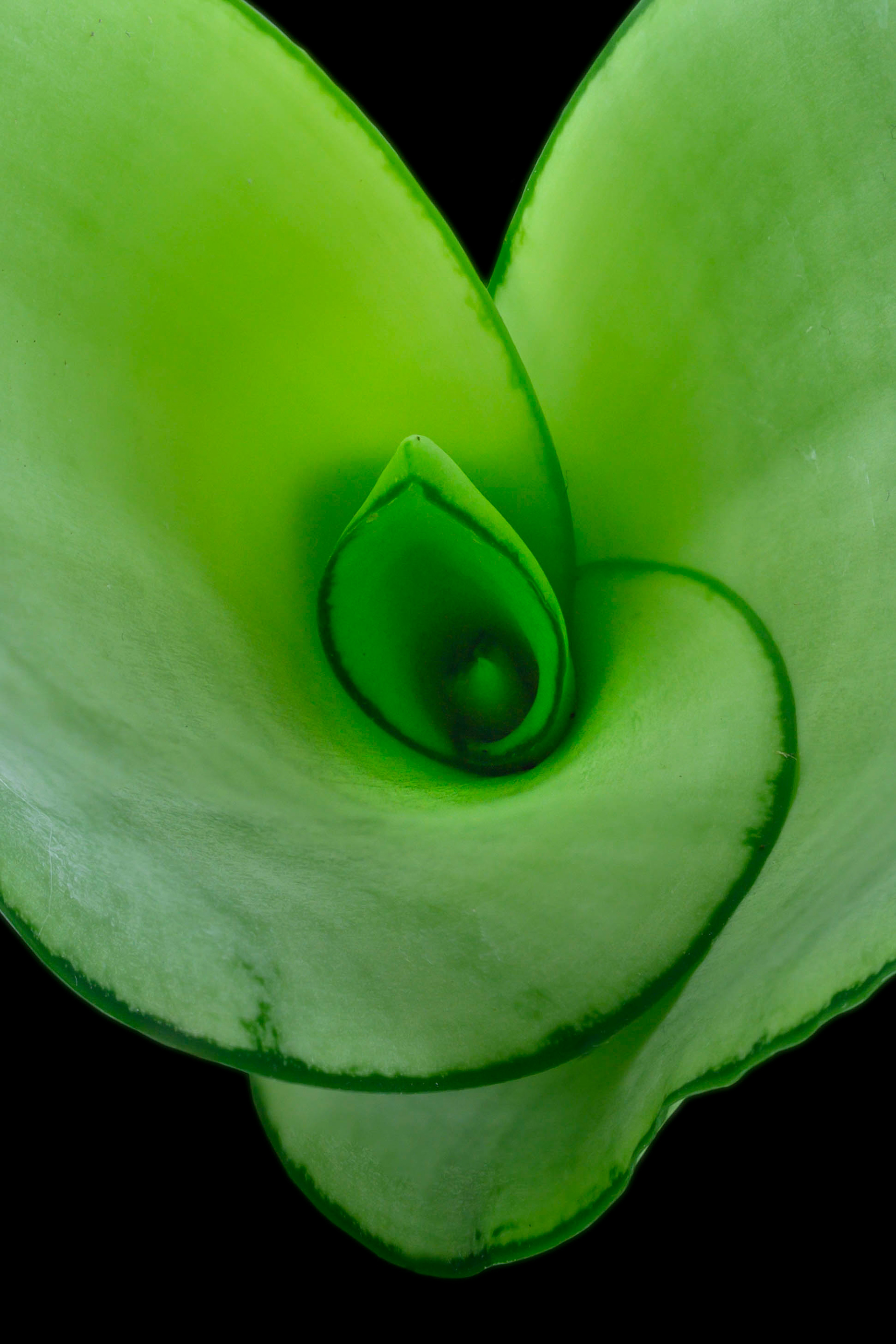
Agave - Asparagaceae
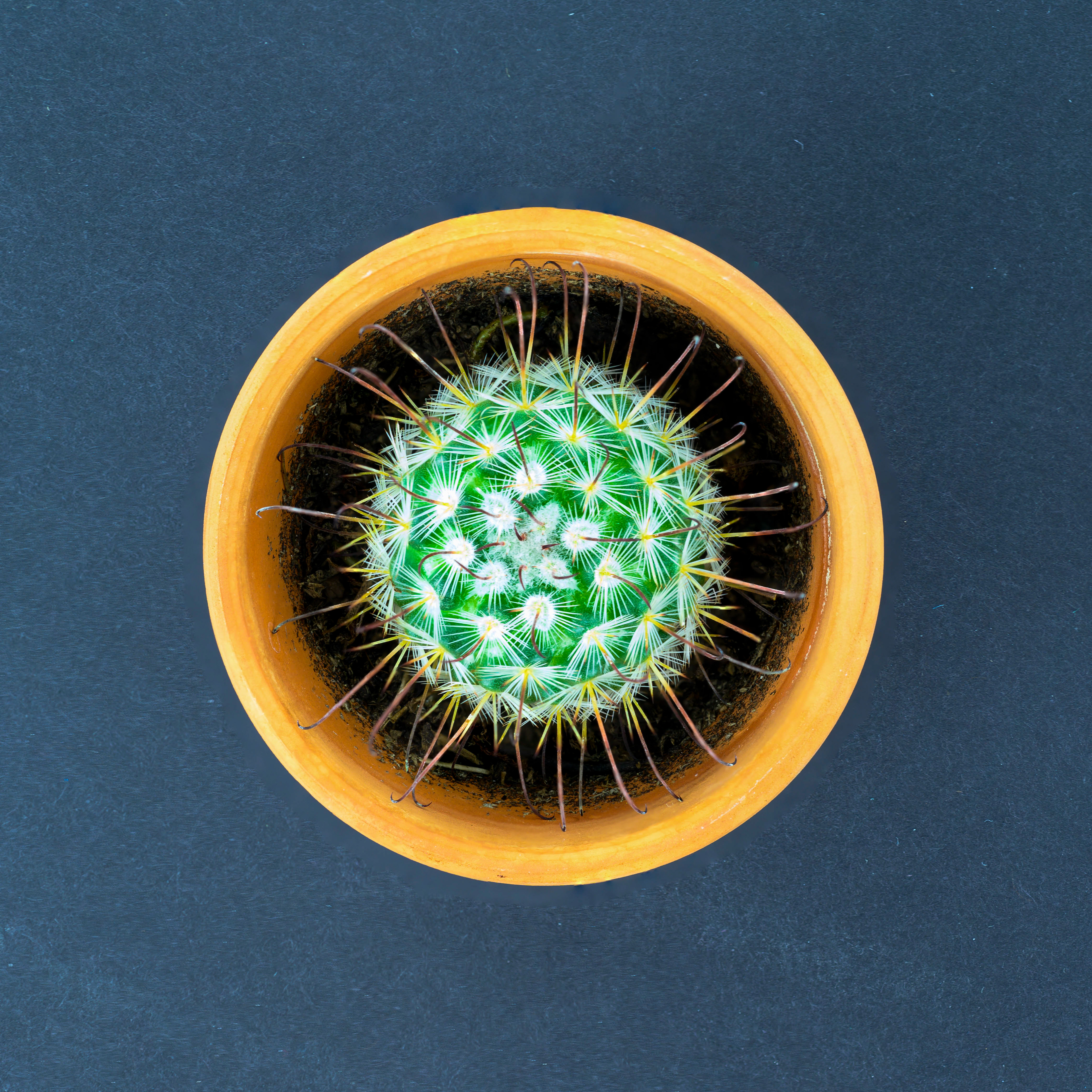
Barrel Cactus - Cactaceae

Douglas Fir Cone - Pseudotsuga menziesii cone
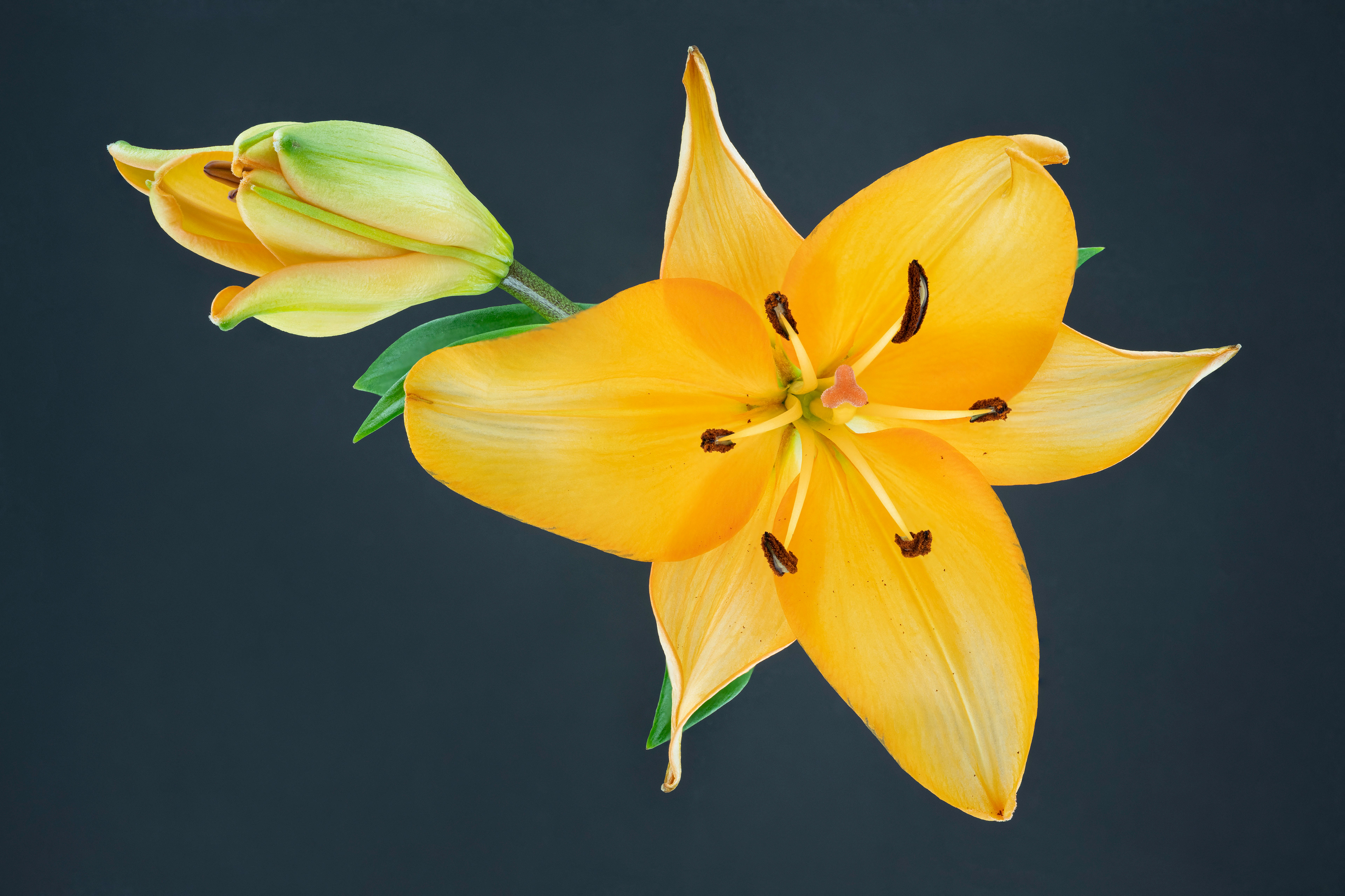
Fire Lily - Lilim bulbiferum

Passion Flower - Passiflora edulis
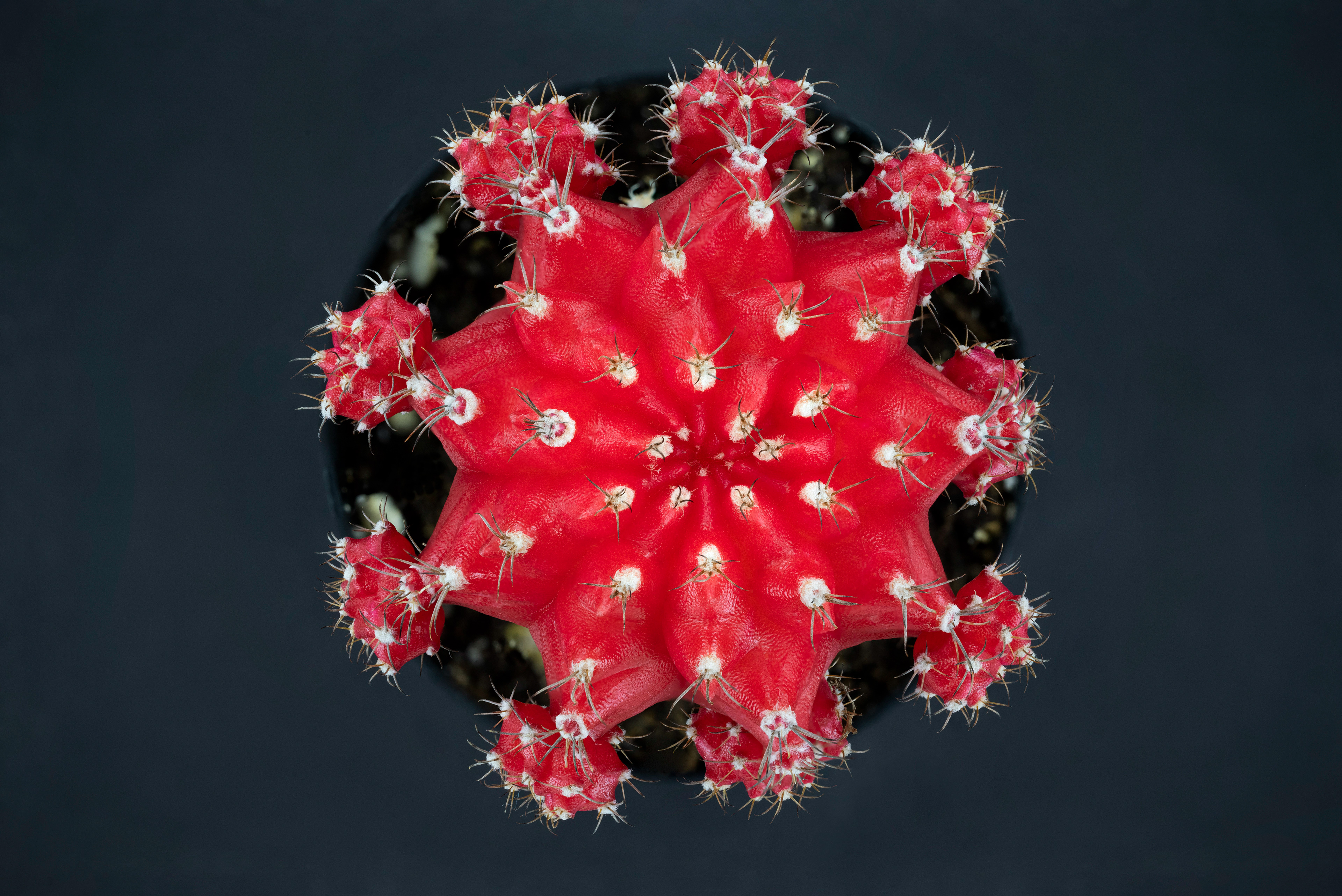
Ruby Ball Cactus - Gymnocalysium
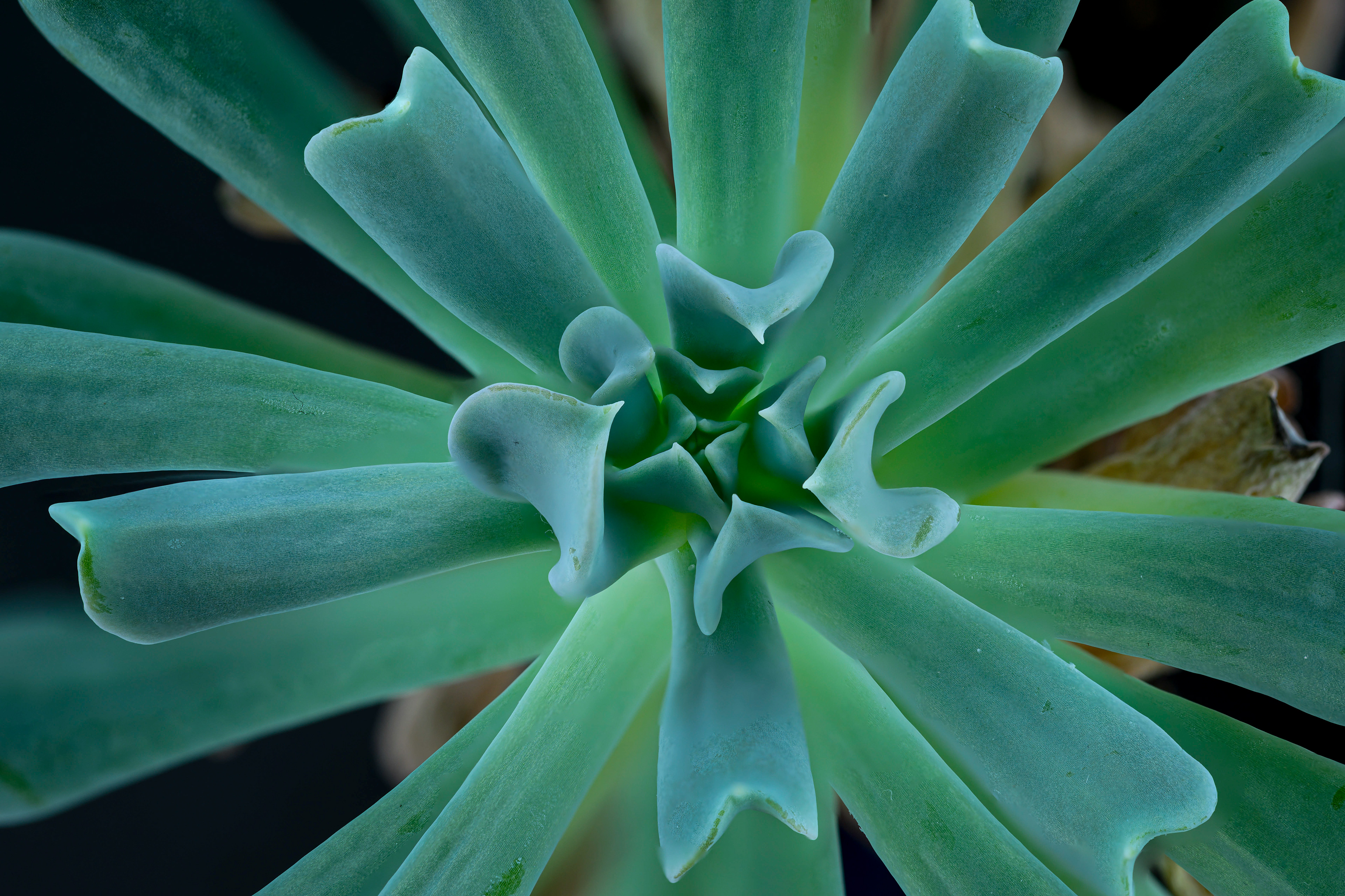
Topsy Debbi - Crassulaceae
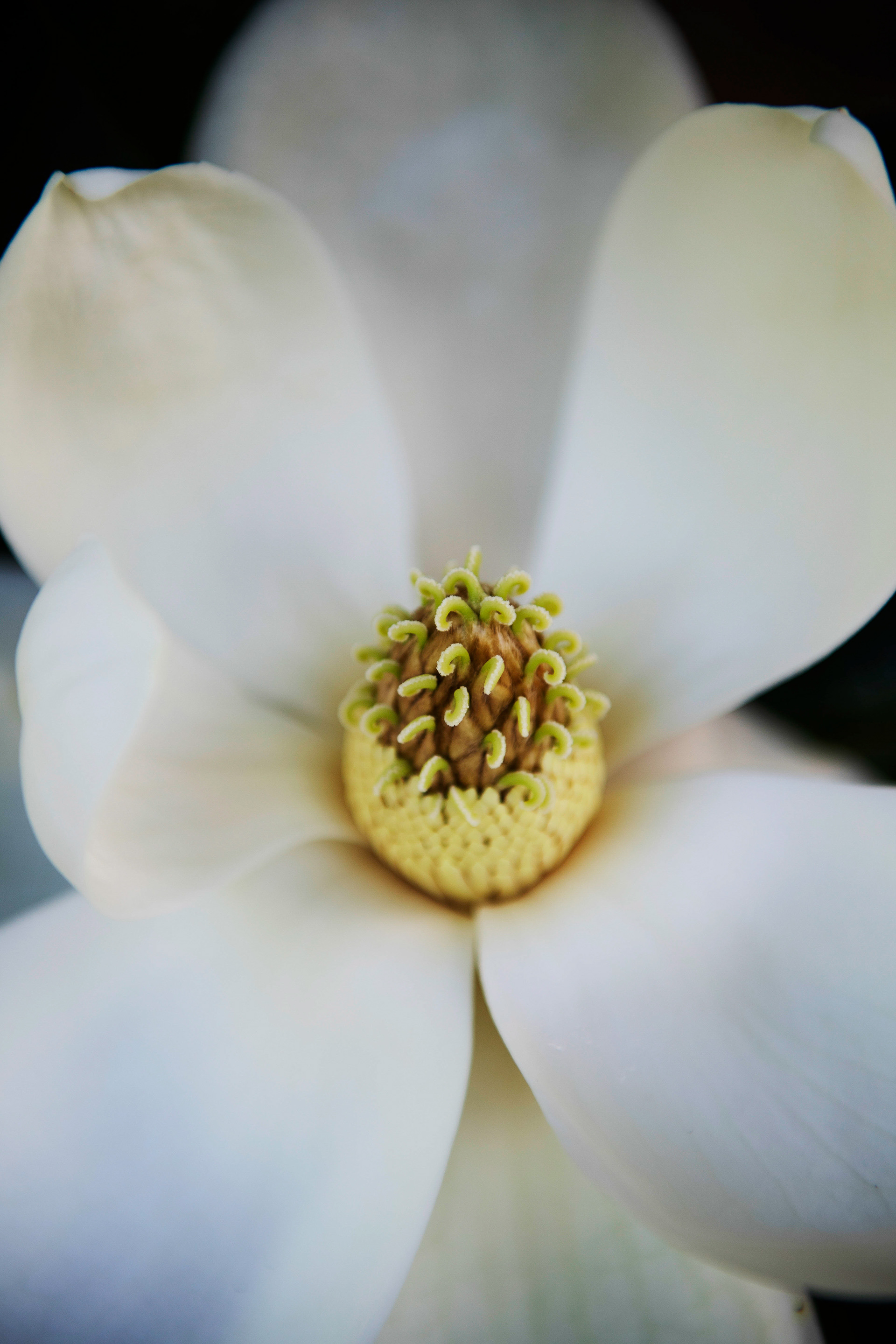
White Magnolia - Magnoliaceae
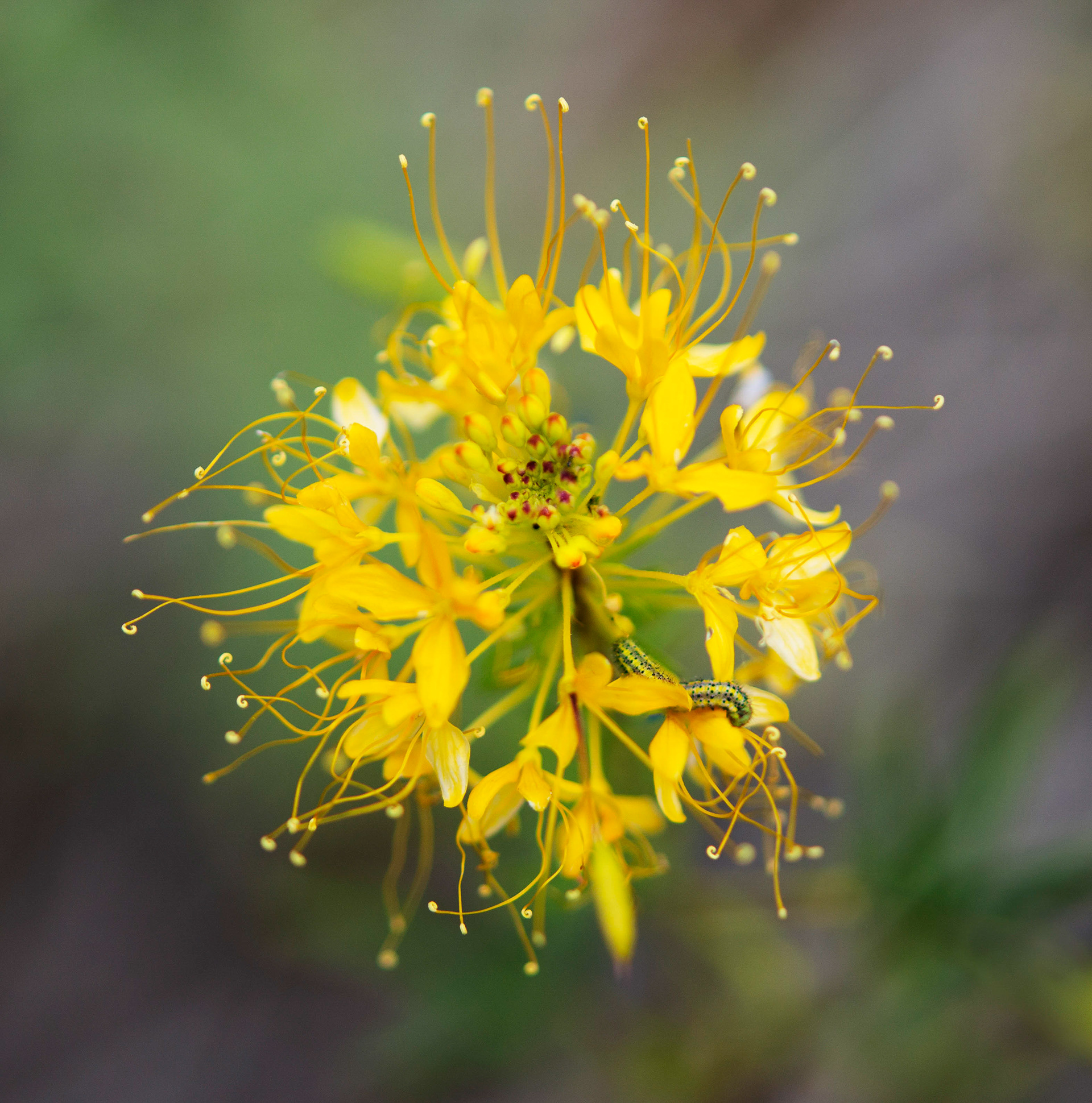
Yellow Spiderflower - Cleome lutea
BFA Interview
Q: How did you decide on the theme for your BFA project?
Q: What was the hardest part of your BFA project?
